Common names: red oak, northern red oak
Scientific name: Quercus rubra
Family: Fagaceae
Origin: non-native
Fiery, fast and spiked, the red oak is a fast-growing tree native to North America. It is often planted as an ornamental tree for its flaming autumn colour. Although it isn’t as valuable to wildlife as our native oaks, it’s popular with nesting birds and pollinators.
Common names: red oak, northern red oak
Scientific name: Quercus rubra
Family: Fagaceae
Origin: non-native
Red oak is a deciduous broadleaf tree which can grow to 25m and develops a rounded crown. The bark is smooth and silver-grey when young, and develops warts or ridges with age. Twigs are straight, slender and dark brown.
Look out for: the large leaves which have long lobes, each with 1–3 teeth.
Identified in winter by: the buds, which are long and taper to a point. Each bud has more than three scales.
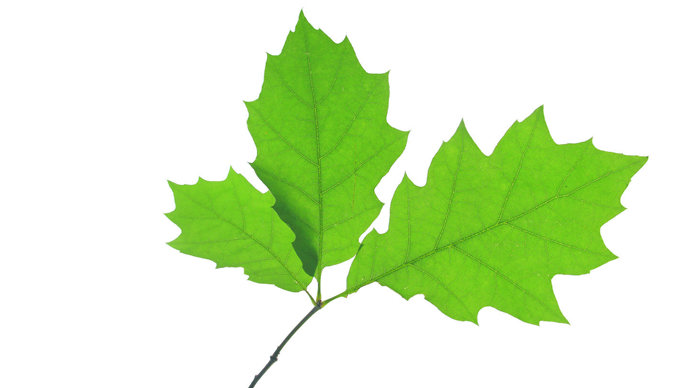
Credit: Zoonar GmbH / Alamy Stock Photo
Similar to those of English and sessile oaks, but more pointed. They have a few lobes each with several teeth and pointed, whiskery tips. Dark green in colour, they have a paler, matted appearance on the underside, and fade to a bright red before falling in autumn.
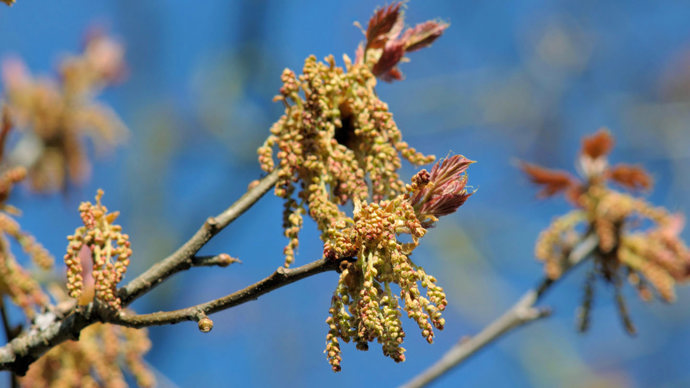
Credit: FloralImages / Alamy Stock Photo
Slender male catkins hang in clusters and the tiny female flowers are found singly or in clusters.
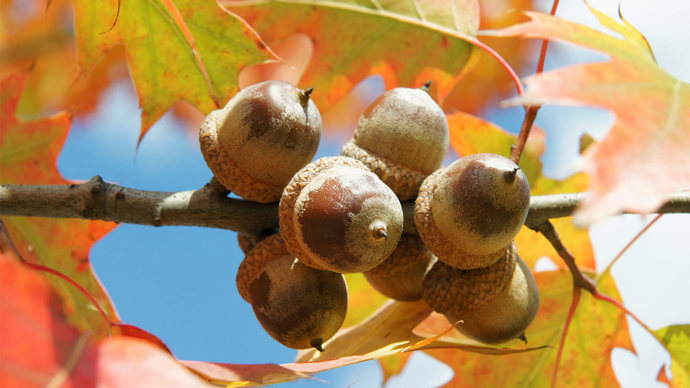
Credit: Zoonar GmbH / Alamy Stock Photo
After pollination by wind, female flowers develop into a fruit enclosed by a rounded cup, known as an acorn, which takes two years to ripen.
Other oak species, such as English oak (Quercus robur) and sessile oak (Quercus petraea).
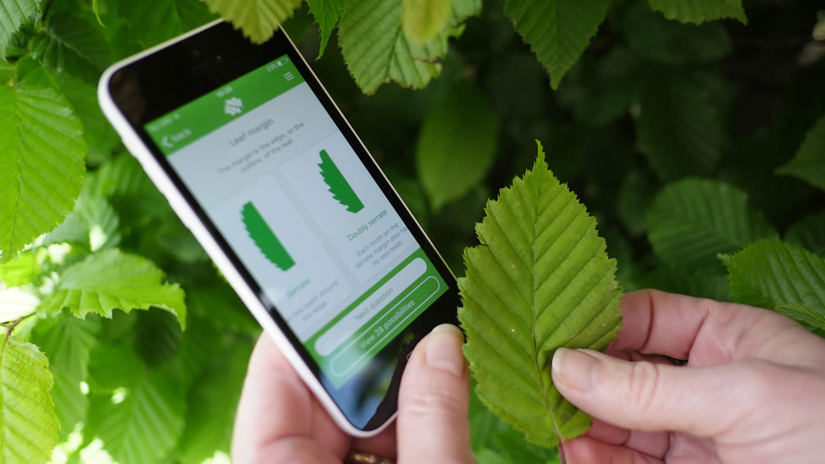
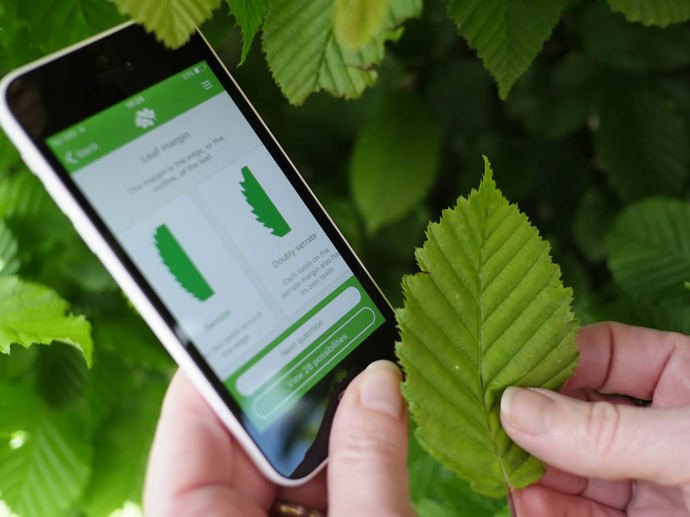
Download our free Tree ID app for Android and iPhone to identify the UK's native and non-native trees. It's an A-Z tree guide in your pocket.
Red oak is native to North America and was introduced to the UK. It was extensively used as a forest tree in Europe in the nineteenth century and in Britain after 1920. It requires full light and lots of space.
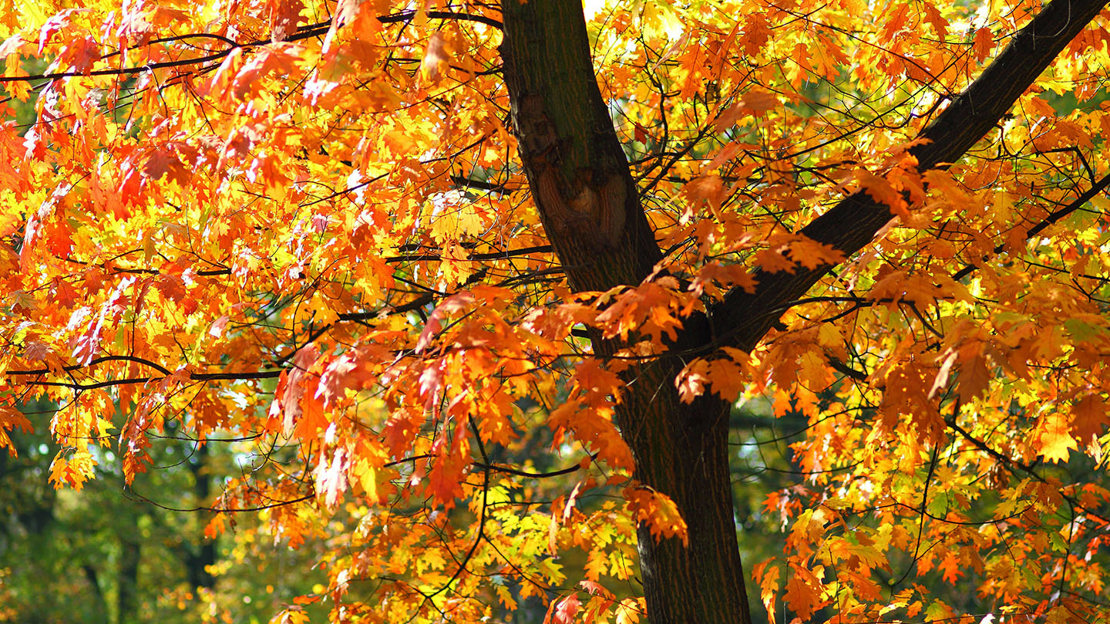
It takes 20 years before red oaks flower, and a further 20 before they produce a good crop of acorns.
Red oak is not as valuable to native wildlife as English and sessile oaks, but its catkins provide pollen for bees and other insects in spring, and its acorns are eaten by birds and small mammals. The rounded crown provides nesting opportunities for birds.
In North America, the red oak is the provincial tree of Prince Edward Island, as well as the state tree of New Jersey.
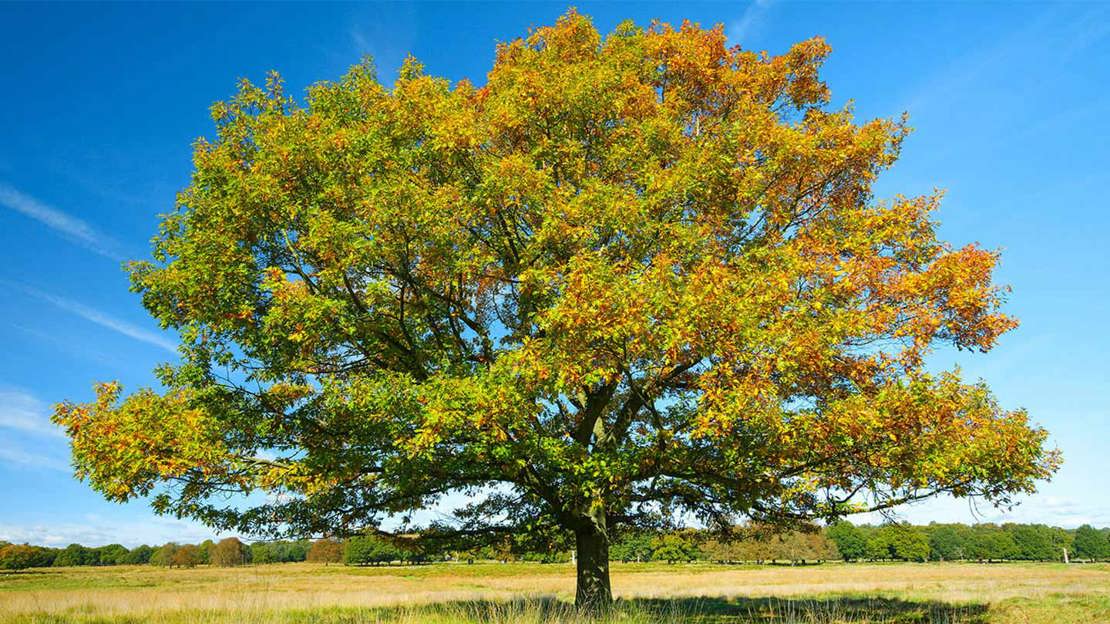
Red oaks can hold their leaves well into winter.
Red oak is mainly planted as an ornamental tree in parks and gardens for its rich autumn colour. The timber is also be used, but it is not as strong as that of English and sessile oaks. In North America it is widely used in furniture making, and as lumber for products like fence posts, crates and flooring.
Red oak is less susceptible to pests and pathogens than our native English and sessile oaks, although it may be susceptible to oak processionary moth.